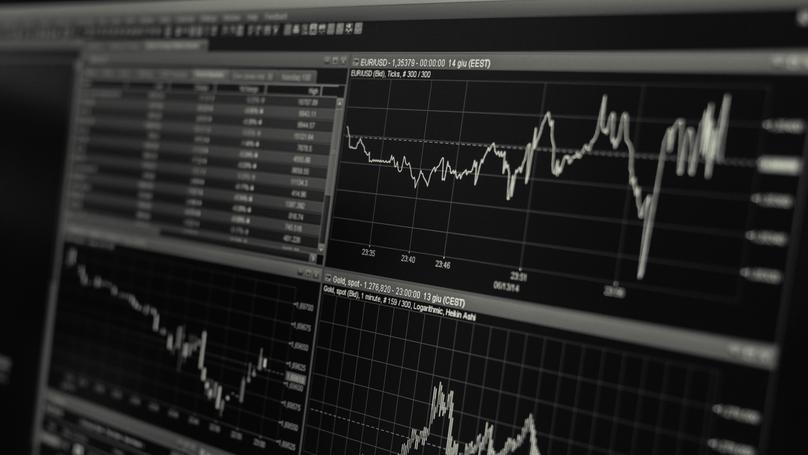Kieran Wood
DPhil in Machine Learning
Oxford-Man Institute of Quantitative Finance
Machine Learning Research Group
University of Oxford
Biography
Kieran Wood is a DPhil candidate at the University of Oxford, where he is a member of the Machine Learning Research Group and the Oxford-Man Institute of Quantitative Finance. His core research interests lie in using deep learning for time-series forecasting, with a focus on trading momentum and mean-reversion. Kieran is supervised by Prof. Stephen Roberts and Prof. Stefan Zohren. Additionally, Kieran works at Caxton Associates as a Quant. Previously, he worked in the insurance industry at IQUW, as Portfolio Optimisation Lead, and formerly at Guy Carpenter, as VP in Analytics Modernisation and Data Science.
- Deep Learning for Time-series Forecasting
- Changepoint Detection
- Momentum Trading
- Continual and Meta Learning
- Bayesian Deep Learning
-
DPhil in Machine Learning, 2026 (Expected)
University of Oxford
-
MSc in Mathematical Sciences, 2019
University of Oxford
-
BEng in Mechanical and Aerospace Engineering, 2014
University of Queensland
-
BSc in Mathematics, 2014
University of Queensland
News
Featured Publications

We propose a novel time-series trend-following forecaster that is able to quickly adapt to new market conditions, referred to as regimes. We leverage recent developments from the deep learning community and use few-shot learning. We propose the Cross Attentive Time-Series Trend Network - X-Trend - which takes positions attending over a context set of financial time-series regimes. X-Trend transfers trends from similar patterns in the context set to make predictions and take positions for a new distinct target regime. X-Trend can also take zero-shot positions on novel unseen financial assets. It both forecasts next-day prices and outputs a trading signal. Furthermore, the cross-attention mechanism allows us to interpret the relationship between forecasts and patterns in the context set.

We introduce the Momentum Transformer, an attention-based deep learning architecture which outperforms benchmark momentum and mean-reversion trading strategies. Unlike state-of-the-art Long Short-Term Memory (LSTM) architectures, which are sequential in nature, the attention mechanism provides our architecture with a direct connection to all previous time-steps. Our architecture enables us to learn longer-term dependencies, improves performance when considering returns net of transaction costs and naturally adapts to new market regimes, such as during the SARS-CoV-2 crisis. The Momentum Transformer is inherently interpretable, providing us with greater insights into our deep learning momentum trading strategy, including how it blends different classical strategies and the past time-steps which are of the greatest significance to the model.

To improve the response of momentum strategies to regime change, we introduce a novel approach, where we insert an online change-point detection (CPD) module into a Deep Momentum Network (DMN) pipeline, which uses an LSTM deep-learning architecture to simultaneously learn both trend estimation and position sizing. Our model is able to optimise the way in which it balances 1) a slow momentum strategy which exploits persisting trends, but does not overreact to localised price moves, and 2) a fast mean-reversion strategy regime by quickly flipping its position, then swapping it back again to exploit localised price moves.
Recent Publications
Experience
Contact
- kieran.wood@eng.ox.ac.uk
- The Oxford-Man Institute, Walton Well Road, Oxford, OX2 6ED